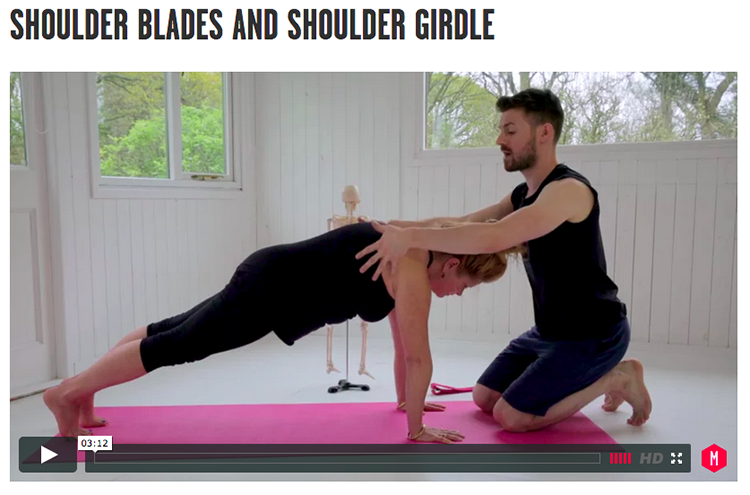In addition to being a hot yoga and anatomy teacher, Andrew McGonigle, also known as Doctor Yogi, is a massage therapist. Here he discusses how massage treatments can complement your yoga practice.
I have the pleasure of running a massage clinic alongside the yoga classes that I teach at triyoga, and both of these elements work so beautifully together. Yoga and massage is the perfect recipe for helping you connect to your body; increasing awareness, releasing tension and improving your posture. They both provide space for you to focus on your breath, be fully present and find a state of equilibrium within the chaos that is modern life!
I often prescribe certain yoga postures as after care at the end of a massage treatment, and when I’m teaching yoga, I am always noticing situations where massage could be beneficial to a student’s practice. These are just a few reasons to consider booking yourself a massage appointment.
1. Massage can help release tension in problem areas such as your neck and shoulders that are hard to reach with your yoga practice
2. Deep tissue massage is particularly good for loosening the connective tissue in your outer thighs and increasing hip flexibility
3. Massage can improve your body awareness and highlight imbalances that can then be addressed in your yoga practice
4. Massage can also help to highlight areas of your yoga practice that you may be doing incorrectly
Need another reason? Check out this case study showing how massage, knowledge of anatomy and yoga can work so well together:
One of my regular massage clients recently came to me because they were regularly experiencing “sore shoulders” after practicing yoga. During the massage, I found that they had tenderness in their supraspinatus muscles (the rotator cuff muscles that run along the top of your shoulder blades). Afterwards, I asked my client to show me his downward facing dog and I could see that his shoulders were collapsing inwards when his arms were raised above his head. I encouraged him to outwardly rotate his shoulders each time he raised his arms during his next yoga class. It was very rewarding to hear from him the next day and discover that he had practiced yoga and his shoulders were no longer sore.

In this short video clip, Andrew explains the anatomy behind preventing shoulder impingement during your yoga practice.
Andrew offers holistic and deep tissue massage at triyoga Soho every Wednesday afternoon from 12.30pm – 4.30pm and every Friday evening from 5pm – 9pm. He teaches six regular hot yoga classes at triyoga Camden and Soho.
 This post was written by Andrew McGonigle, a yoga teacher, massage therapist and anatomy teacher with a background in western medicine. Based in London, Andrew has been practicing yoga and meditation for 10 years and teaching since 2009. Teaching exclusively at triyoga, Andrew’s classes are open to all levels and encourage students to develop awareness of patterns of tension in their bodies with a goal to release stress. Andrew teaches anatomy and physiology on many different Yoga Teacher Training courses in London and internationally. Find Dr. Yogi on Facebook.
This post was written by Andrew McGonigle, a yoga teacher, massage therapist and anatomy teacher with a background in western medicine. Based in London, Andrew has been practicing yoga and meditation for 10 years and teaching since 2009. Teaching exclusively at triyoga, Andrew’s classes are open to all levels and encourage students to develop awareness of patterns of tension in their bodies with a goal to release stress. Andrew teaches anatomy and physiology on many different Yoga Teacher Training courses in London and internationally. Find Dr. Yogi on Facebook.






Leave a Reply